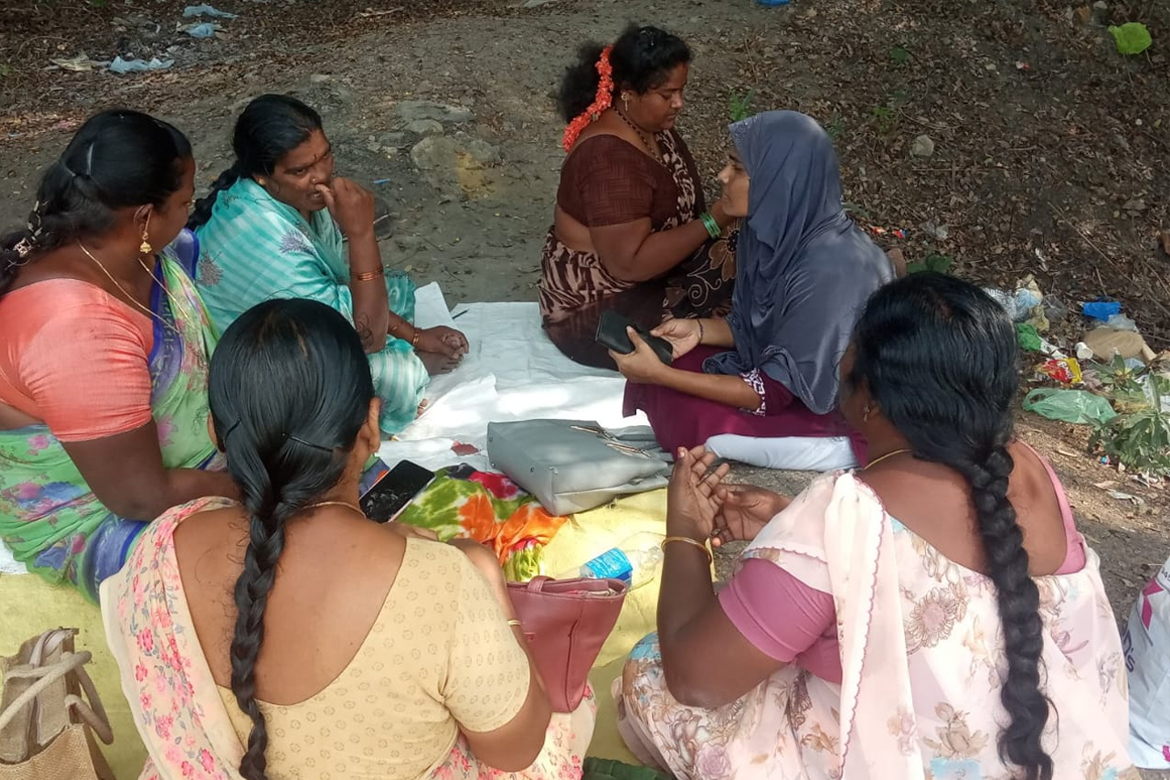Lack of understanding among victims about the benefits of rehabilitation, failure of authorities to ensure proper rehabilitation measures and poor conviction rate were among the few reasons that forced victims back to sexual slavery.
Human re-trafficking was slowly gaining roots in Andhra Pradesh. Throwing up new challenges to authorities. It called for strict measures before the situation snowballed into a big concern.
Most of the innocent girls and women. Who fell prey to the trafficking and subsequently got rescued, were either being trafficked again. Some of the victims were voluntarily knocking the prostitution doors under helpless circumstances.
The scale of commercial sexual exploitation and trafficking was steadily rising in India., despite the existence of the Immoral Traffic (Prevention) Act, 1956. Though law enforcement officials were conducting a good number of raids on brothels, very few traffickers were being sentenced and that too with very low penalties. Hence, it was proposed to conduct a research on the reasons for the low conviction rate in ITPA cases in Andhra Pradesh.
An estimated 5 lakh women and children were trafficked annually of which 20-30 per cent were below 13 years of age. There was an annual increase of 10 per cent children trafficked for commercial sexual exploitation, begging, child labour or adoption.
Lack of understanding among victims about the benefits of rehabilitation, failure of authorities to ensure proper rehabilitation measures and poor conviction rate were among the few reasons that forced victims back to sexual slavery.
Police officials would be able to address this issue partially by aggressively arresting traffickers and rescuing several women. But, the conviction rate seemed pretty poor at a more 2 per cent against the arrested number. This was said to be prompting traffickers to trap innocent girls and women with no sense of fear.
Public forums claimed there existed a huge gap between registered cases and actual re-trafficked women.
According the statistics by HELP and NGO based in Ongole working for women in prostitution and their children, AP Police registered just about 1,500 cases against traffickers in the key locations between January 2014 and September 2018, at an average of 250 per year. This was when there could be multiples of it in reality.
On the other hand, victim rescue rate too saw a sharp decline during the period from a monthly average of 32 rescued victims to 23 in 2017, a 28 percent difference. This indicated signs of missing grip for authorities over the burning issue.
They survey mentioned about the failure causes for rehabilitation and the chance for the accused escaping.
It alleged that the failure of the prosecution for proving the case and lack of knowledge of the investigative officers about the particular cases, and the problems faced by the investigative officers at the time of investigation became a chance for traffickers to escape fro the law and restart trafficking.
Ms.Meharunneesa. State Convener of VIMUKTHI – Survivors Collective. Expressed concerns over the government unusually delaying the benefits and falling to provide full-fledged rehabilitation facilities to the rescued women. This was forcing them to opt for prostitution again.
“It’s high time officials and leaders focused on speedy disbursement of benefits and guided victims of trafficking in the proper direction in the form of self employment schemes and other possible support,” he added.
The survey suggested some immediate actions be taken to control trafficking and for increase in the rate of convictions.
The survey team mooted educating investigative officers about Child Welfare Committee (CWC) and Juvenile Justice Act. As per the Act, minor victims should be presented before the CWC, which did not happen in many cases.
The survey highlighted that many rescue cases the 164 CrPC statement of the victim or the witness was not recorded before the Magistrate and 88 percent of the mediators presented for witness turned hostile. This indicated the non involvement of local government officials as mediators by the law enforcement agency. Female constable witness was not available in 56 percent cases, indicating the rescue protocols were not followed by the police department.

